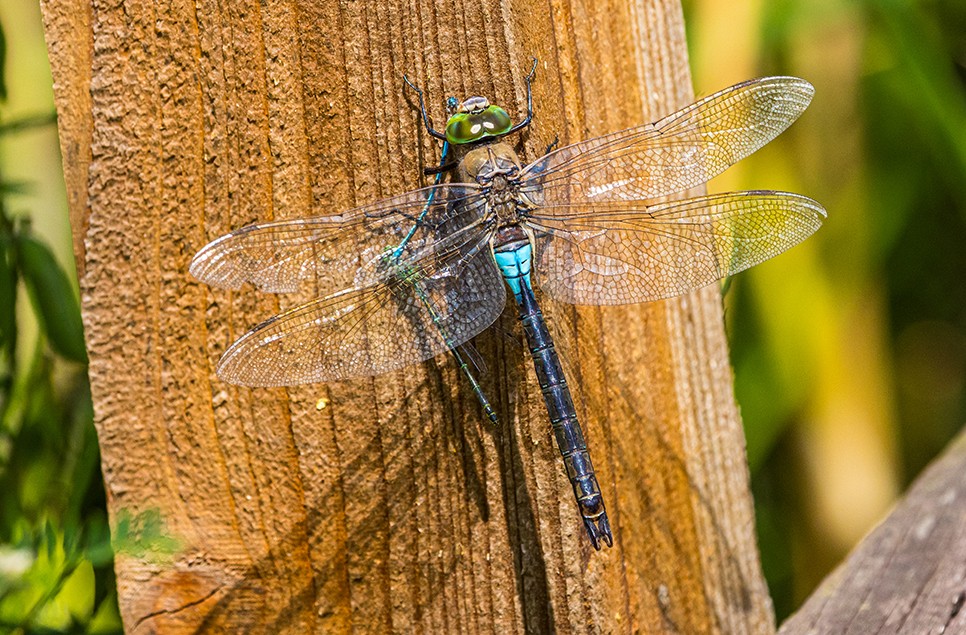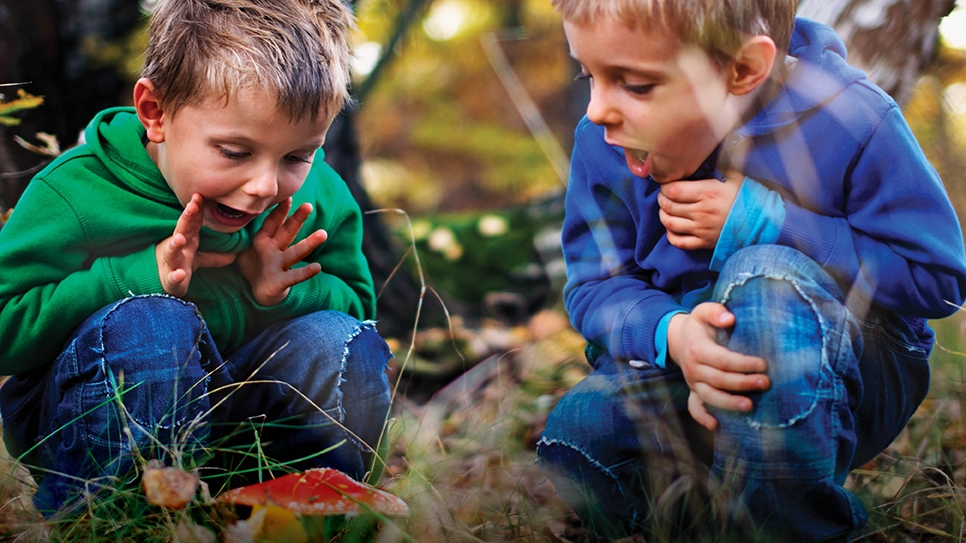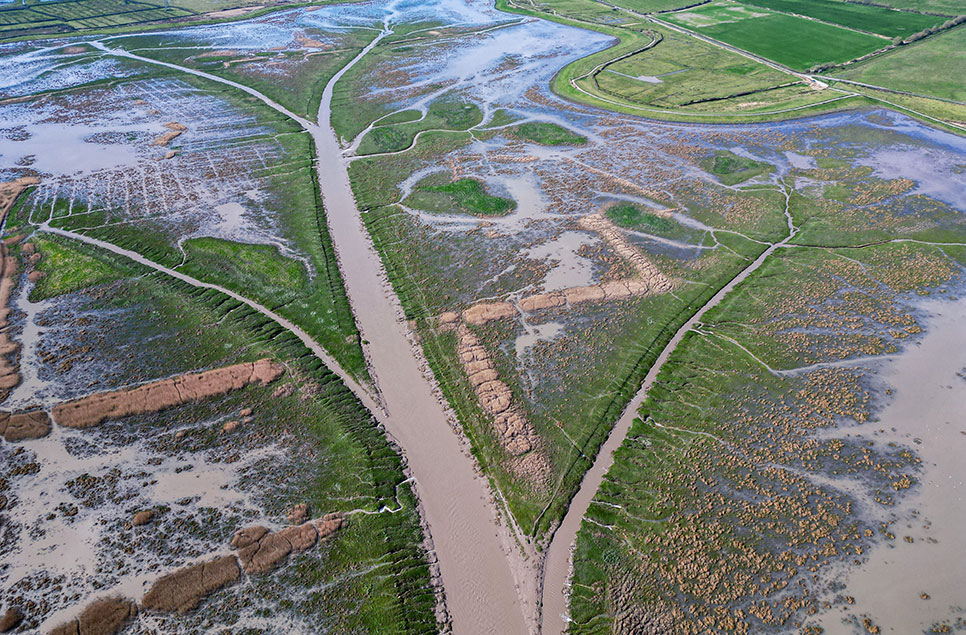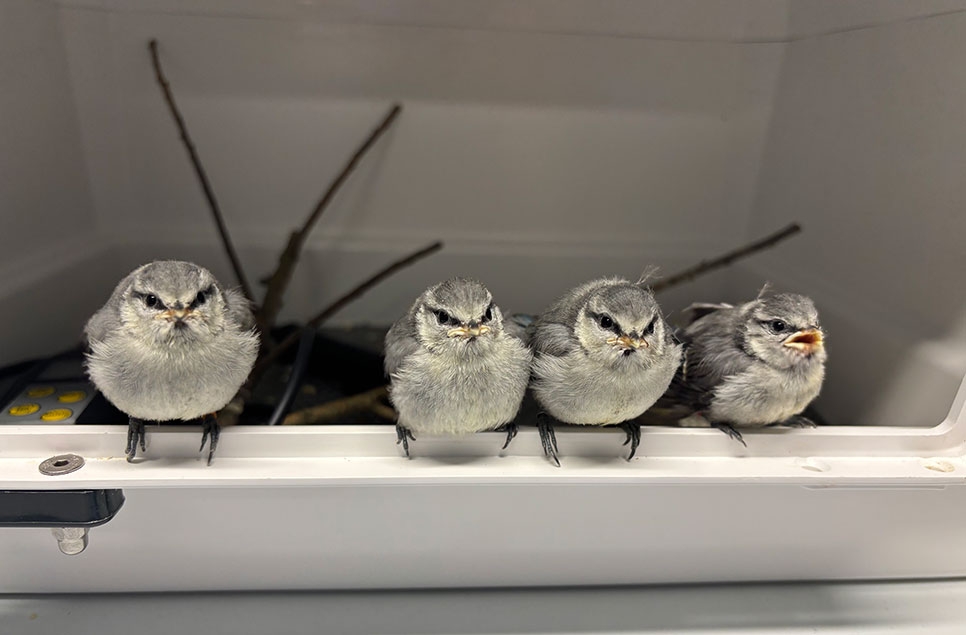School fair saved by wetland
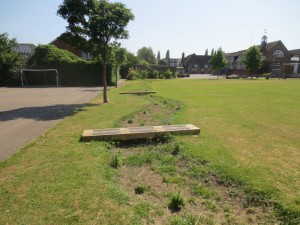 A school fair was saved by a wetland planted in the grounds by pupils and the Wildfowl & Wetlands Trust (WWT), after a fierce downpour threatened to flood the school field.
A school fair was saved by a wetland planted in the grounds by pupils and the Wildfowl & Wetlands Trust (WWT), after a fierce downpour threatened to flood the school field.
The field at Hollickwood Primary School in Barnet, North London, would usually have taken days to dry out from the deluge. But WWT have been working with Hollickwood and nine nearby schools to install mini-wetlands which are great for drainage, great for attracting wildlife for lessons outside the classroom and great for preventing pollution reaching the local river, the Pymmes Brook.
The Hollickwood mini-wetland is planted in a wavy line along the edge of the school field next to the playground. Teachers and parents were delighted to see the wetland capture and store all the water which usually runs off the playground onto the grass and makes it unmanageably boggy.
Linden Groves, Parent and Garden Committee Coordinator, said:
“The rain was heavy beyond belief. The playground was temporarily flooded up to a foot deep in parts. I was horrified, thinking it would still be flooded for the school fair the next day.
“But as if by magic – I know it’s really down to WWT’s skill – the torrent flowed straight into the wetland. The planting bed became a river. It was beautiful and after all the hard work by the children it was actually rather moving to see it all in action.”
“Half an hour after the rain finished there was literally no more than a few puddles here and there. We were able to set up for the fair the next day, which went brilliantly thanks to our new wetland!”
The wetland forms part of a Sustainable Drainage System, known as a ‘SuDS’. The SuDS at Hollickwood includes a rain garden, swales (shown in the photos) and a detention basin which absorb and store rainwater, and so help to reduce flooding pressure on local drains and the Pymmes Brook.
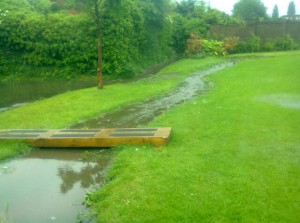 The wetland will also attract butterflies, frogs, dragonflies and birds. It will bring to life lessons learned inside the classroom and provide much-needed resources for learning outside in school grounds. Learning Advisers from the Wildfowl and Wetlands Trust (WWT) have worked with the schools to identify learning opportunities throughout the curriculum.
The wetland will also attract butterflies, frogs, dragonflies and birds. It will bring to life lessons learned inside the classroom and provide much-needed resources for learning outside in school grounds. Learning Advisers from the Wildfowl and Wetlands Trust (WWT) have worked with the schools to identify learning opportunities throughout the curriculum.
Sue Pritchard, SuDS for Schools Officer at WWT said:
“Rainwater is a key ingredient for a healthy environment, yet in London’s suburbs much of it runs quickly off our roads and roofs, overloads our drains and carries pollution to rivers like the Pymmes Brook.
“The schools are doing an amazing job of creating wetlands which store and clean our rainwater, ease flooding and create vital habitat for a wonderful range of British wildlife.
“The schools are helping their local communities while the children themselves now have somewhere safe to get outside and have hands-on fun, learning about water and wildlife. This will give them a vital and healthy connection with nature they might otherwise have missed out on.”
The SuDS for Schools project brings together the expertise of the Environment Agency, Thames Water and the Wildfowl & Wetlands Trust (WWT).
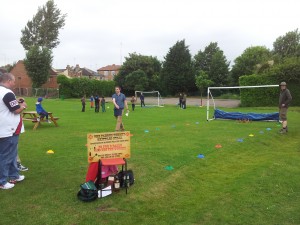 Alastair Driver, National Conservation Manager at the Environment Agency, said:
Alastair Driver, National Conservation Manager at the Environment Agency, said:
“This pilot project demonstrates how wetlands in the form of SuDs can effectively store water, reduce flood risk, reduce pollution and provide great wildlife habitats.
“Organisations and individuals need to work together to improve water quality and wetlands for the benefit of people and wildlife. This is a great education project and we hope it will encourage others to create sustainable drainage systems in their local area.”
The ‘SuDS for Schools’ project is being implemented at 10 schools in the Pymmes Brook catchment, which runs through Barnet, Enfield and Haringey and flows into the River Lee.
To find out more about the project visit www.sudsforschools.wwt.org.uk. And you can see a variety of great ways to manage rain and runoff, including ‘rain gardens’ and reedbed water treatment systems at at WWT Wetland Centres across the UK.
